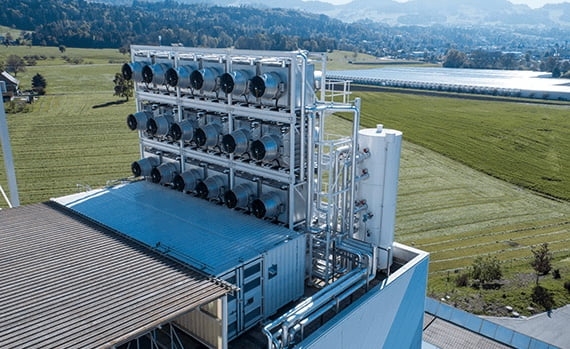Why Carbon Removal?
Net-zero strategies are important for ensuring we do not add more carbon to earth’s compromised atmosphere. To achieve the 1.5-degree target set by the IPCC, we must remove legacy carbon from the atmosphere.
Carbon removal is not a substitute for mitigation (preventing or reducing greenhouse-gas emissions) or adaptation (preventing or reducing damage from global warming) – but a timely and much-needed complement to them. Removing accumulated carbon from the atmosphere and storing it in solid forms will help climate activists and influential businesses alike to meet their long-sought environmental goals.
Criteria for Responsible Solutions
The Partnership proposes three criteria for prioritizing development
and deployment of responsible carbon removal solutions

Solution must securely keep CO2 out of circulation for at least a century.

Solution must be able to remove and store at least 25 GT of CO2 per year within a decade.

Solution is either already funded or readily mobilized.
Natural and Technological Solutions
Carbon-negative Building Materials

Soil Carbon Sequestration
Agricultural practices and global food systems contribute 15%-30% of total CO2 emissions. Through regenerative farming practices, soils can sequester carbon emissions. However, the permanence of soil carbon sequestration depends on a number of factors, including continuation of regenerative practices over decades. Start-ups like Indigo Agriculture are tackling this issue by launching a global initiative to capture 1 trillion metric tons of carbon from farmland through a marketplace that incentivizes farmers to implement regenerative farming practices.

Direct Air Capture (DAC)
DAC is the process of chemically scrubbing carbon dioxide directly from the air. This technology has generally been constrained by the cost of capture and ability to harvest at scale. However, new investments in R&D and projects such as Mechanical Trees at Arizona State University are now being deployed commercially, bringing the cost of carbon capture below $100 per metric ton.

Ocean and fisheries restoration
Ocean restoration projects, such as marine permaculture arrays, are financeable and scalable. Existing systems such as mangrove forests, kelp forests, and plankton already absorb and trap CO2. But these natural systems cannot keep up with the excess production of CO2. Man-made solutions such as kelp farms and plankton fertilization can accelerate the process and revitalize ocean systems.



